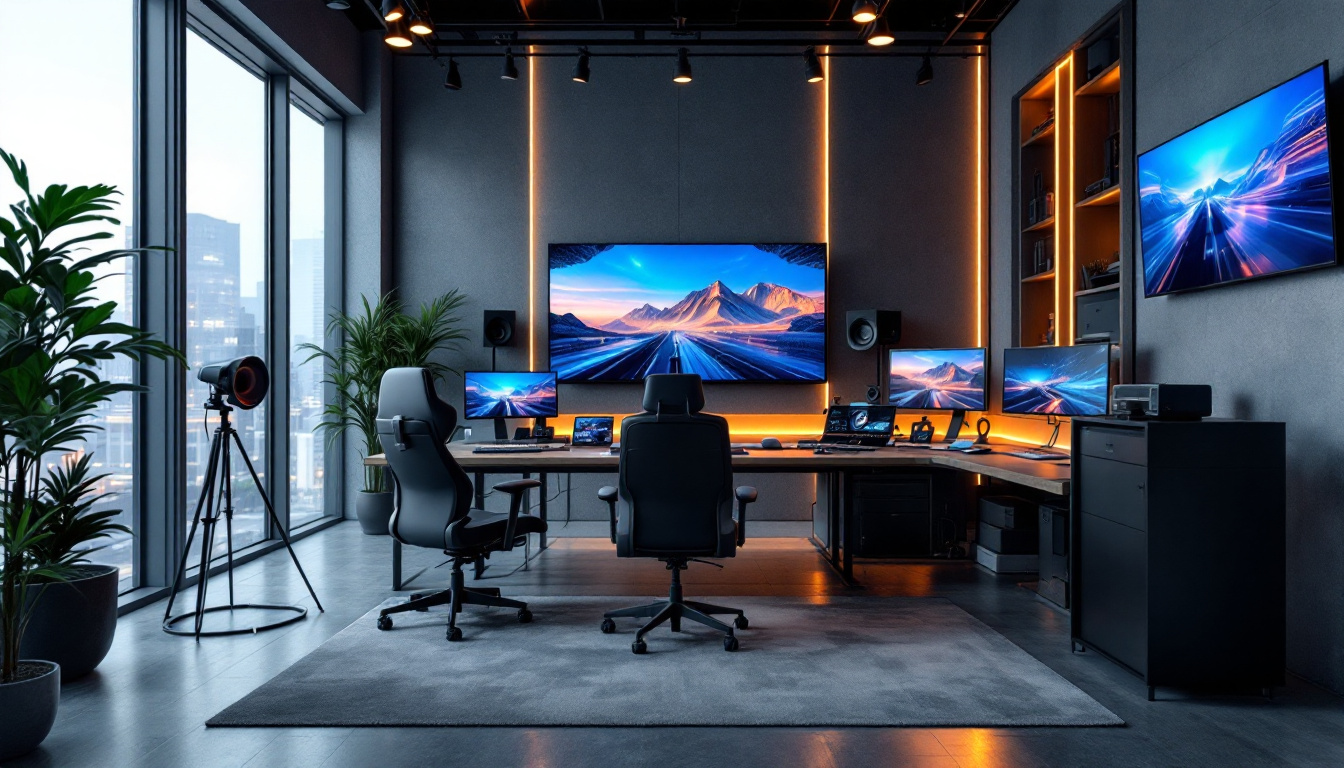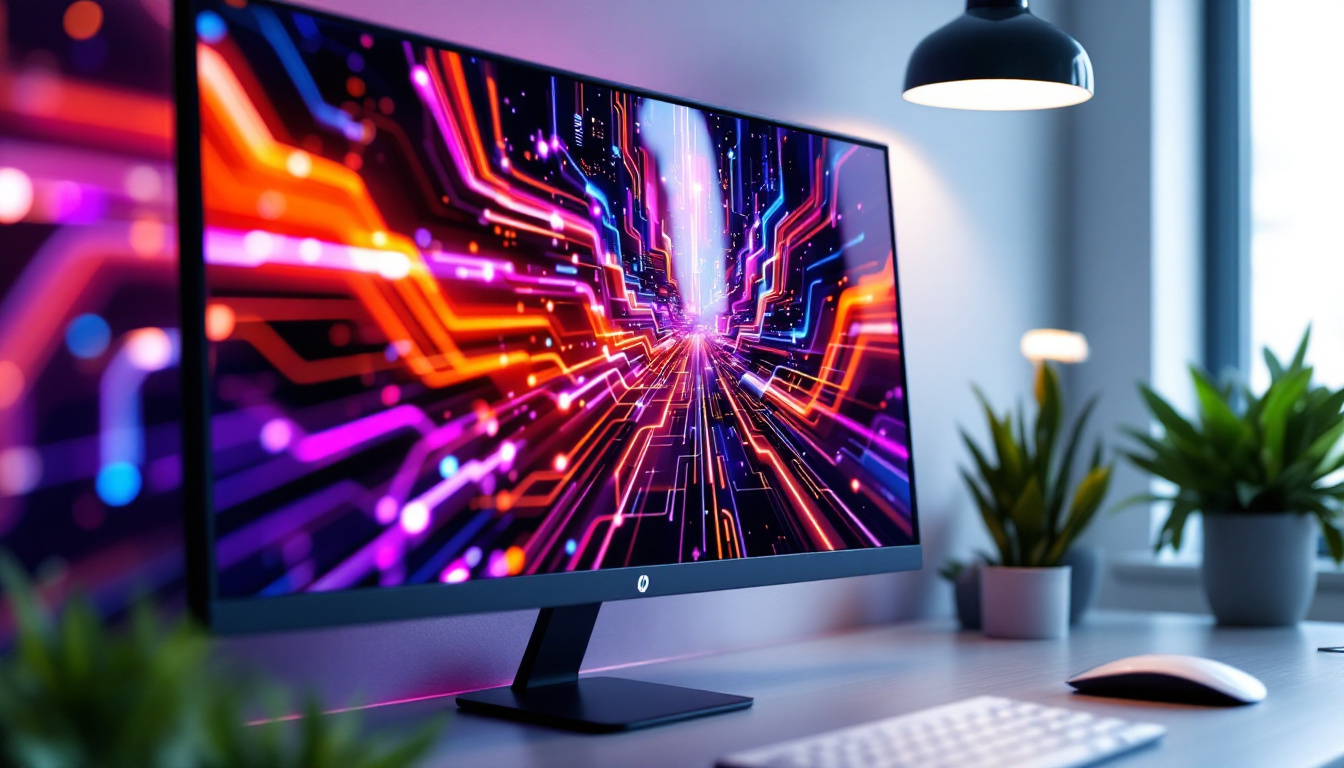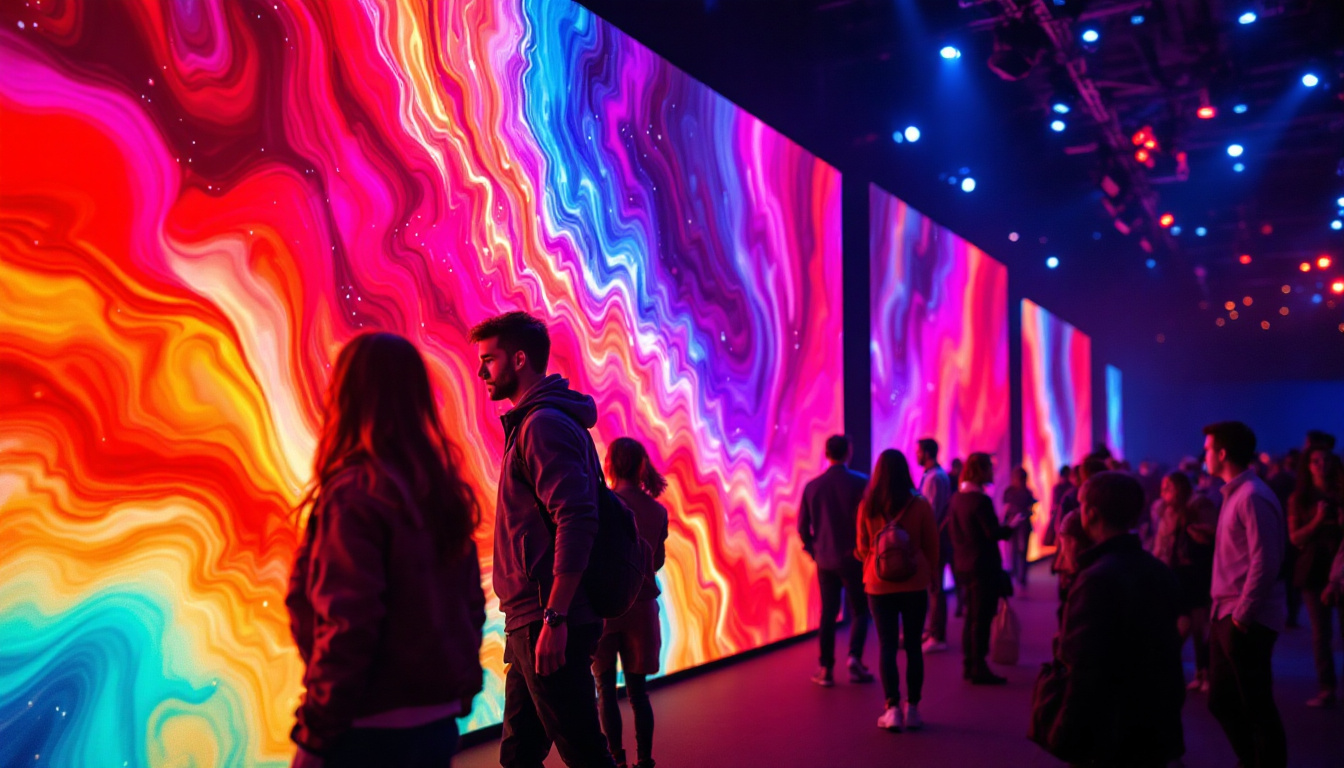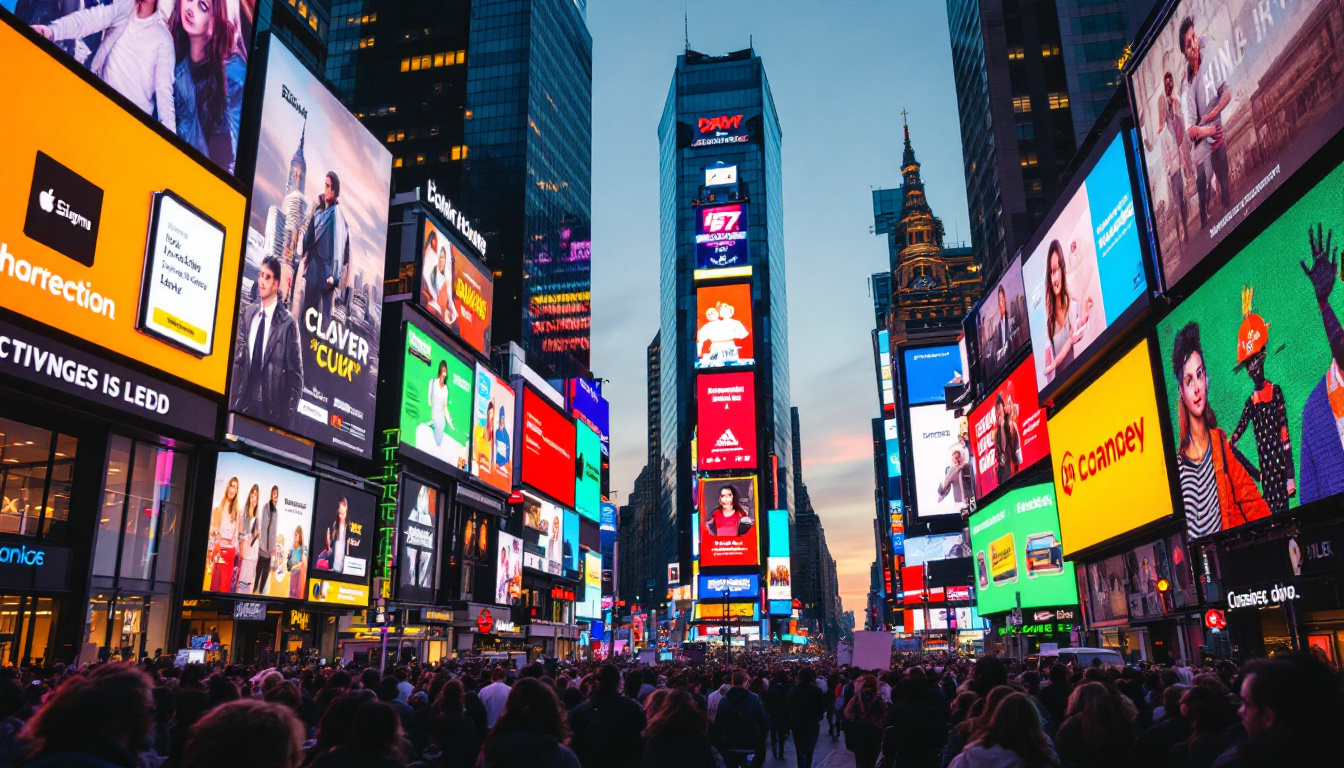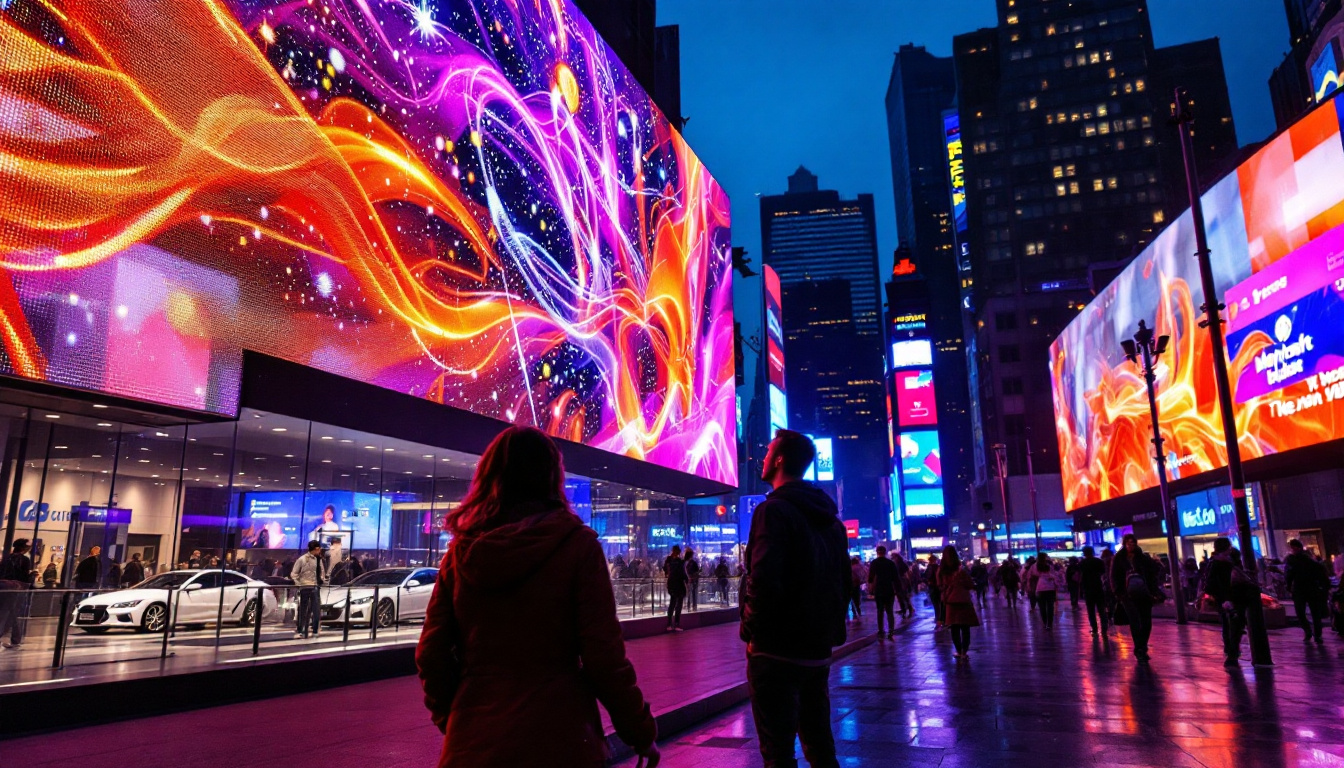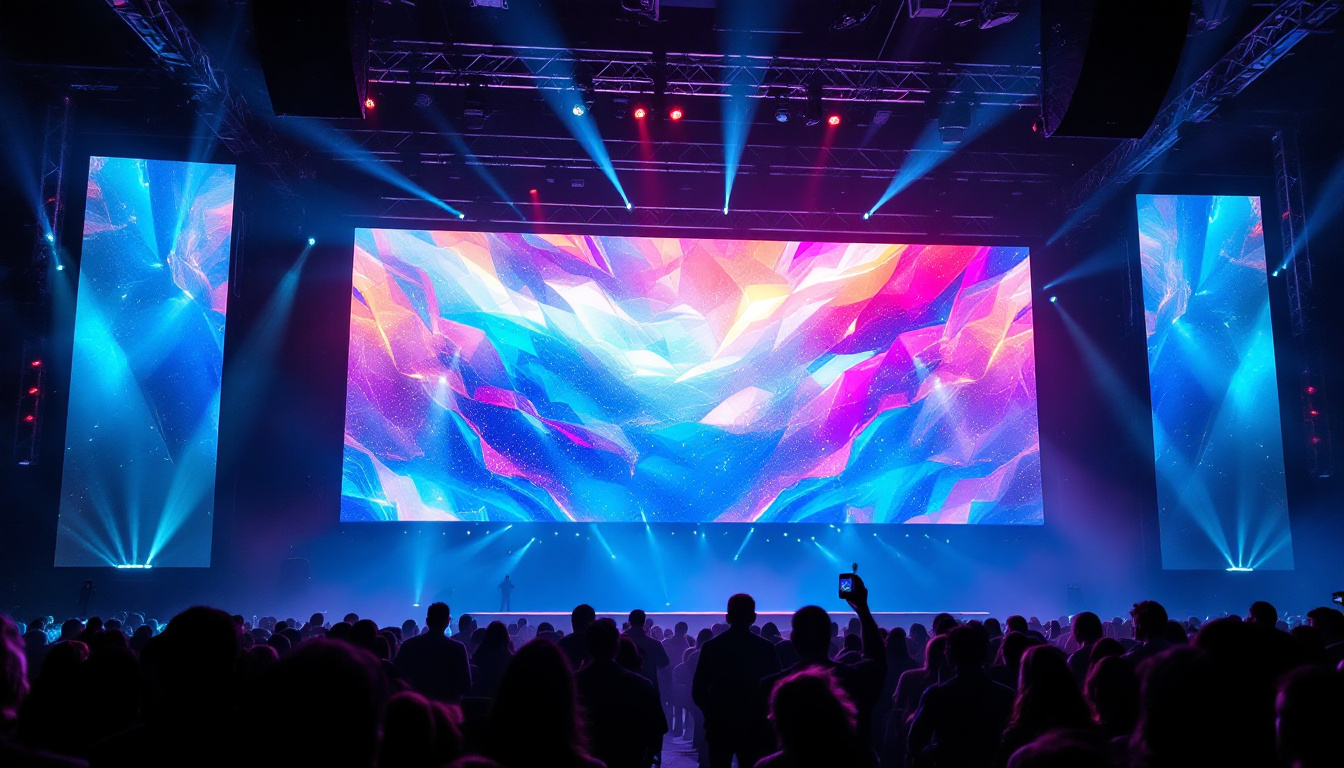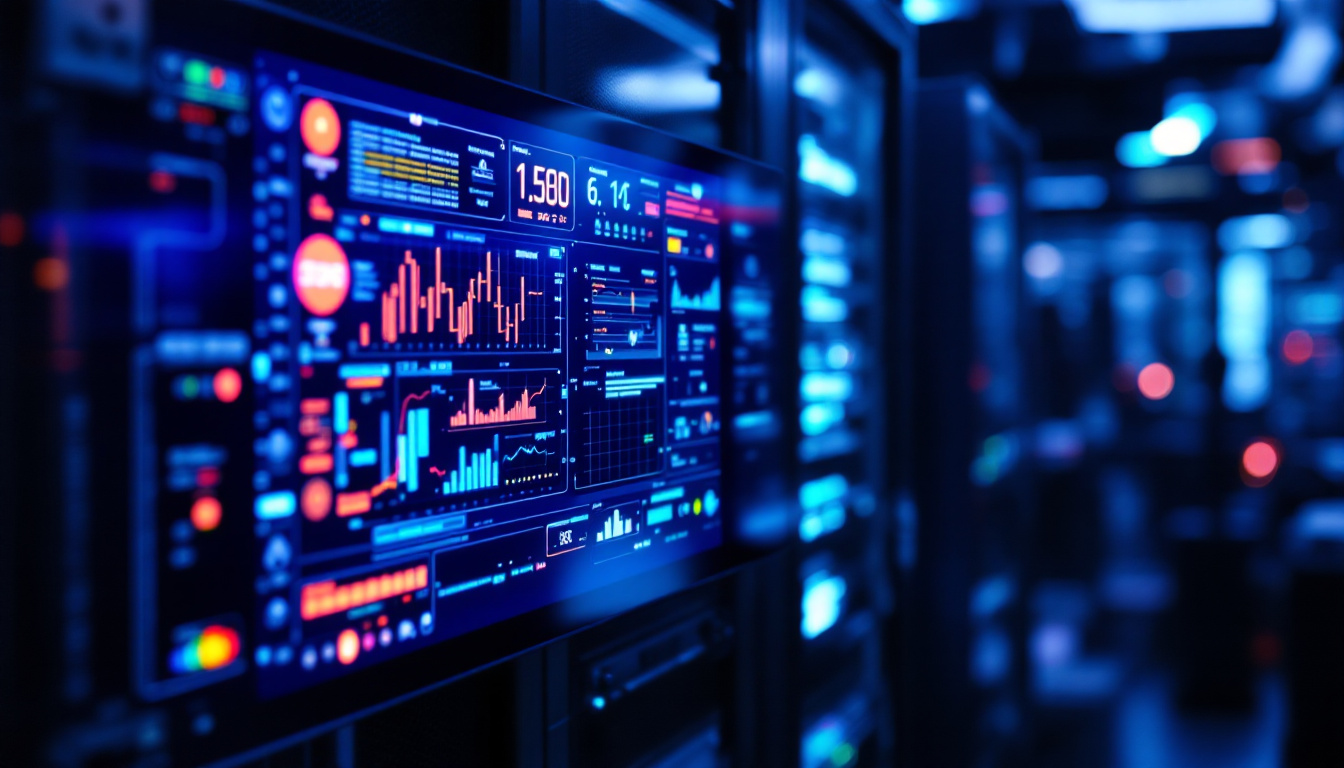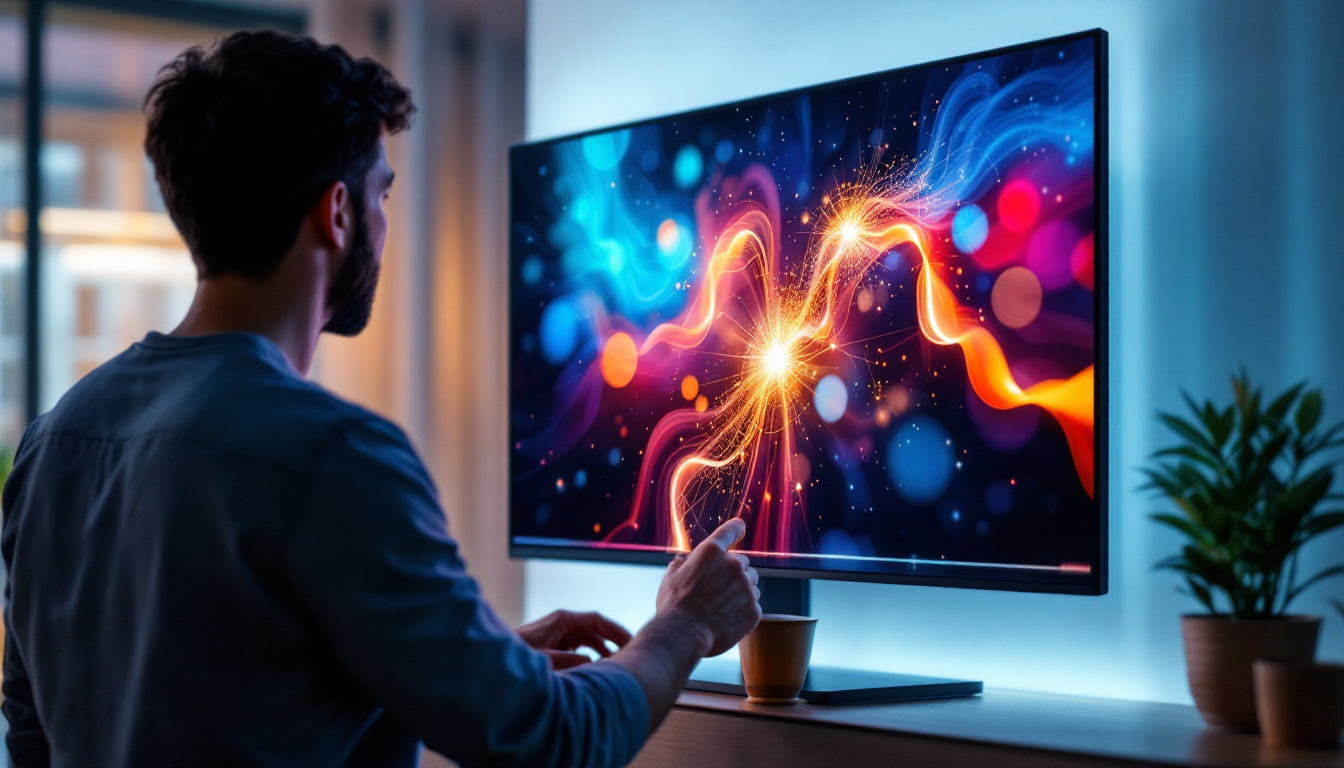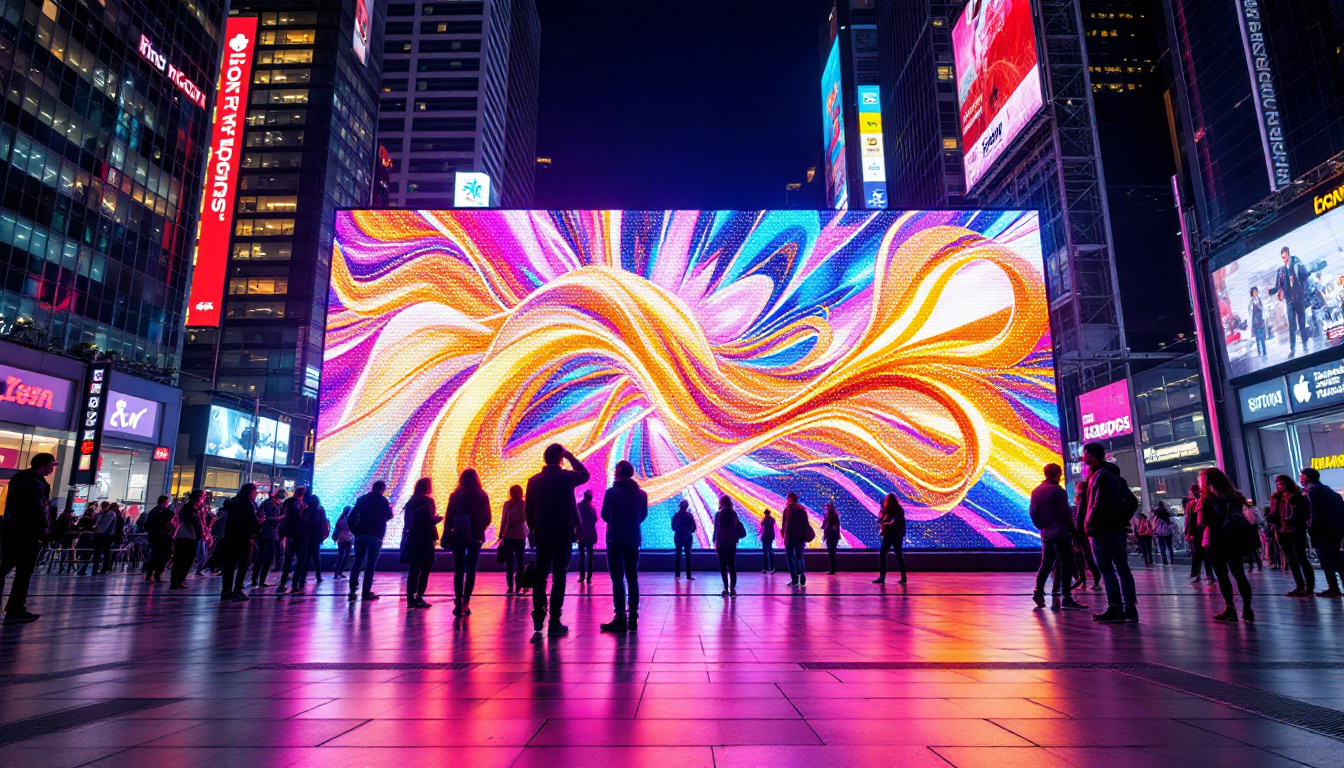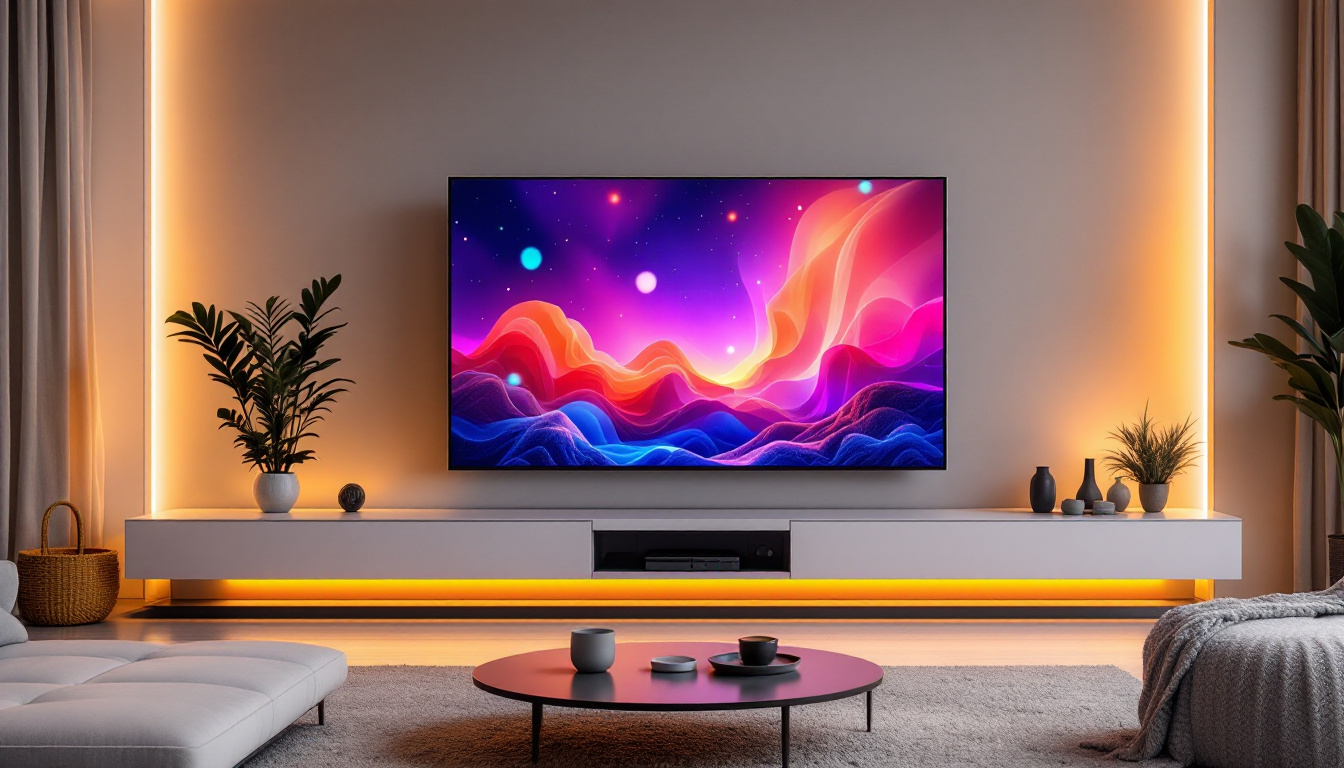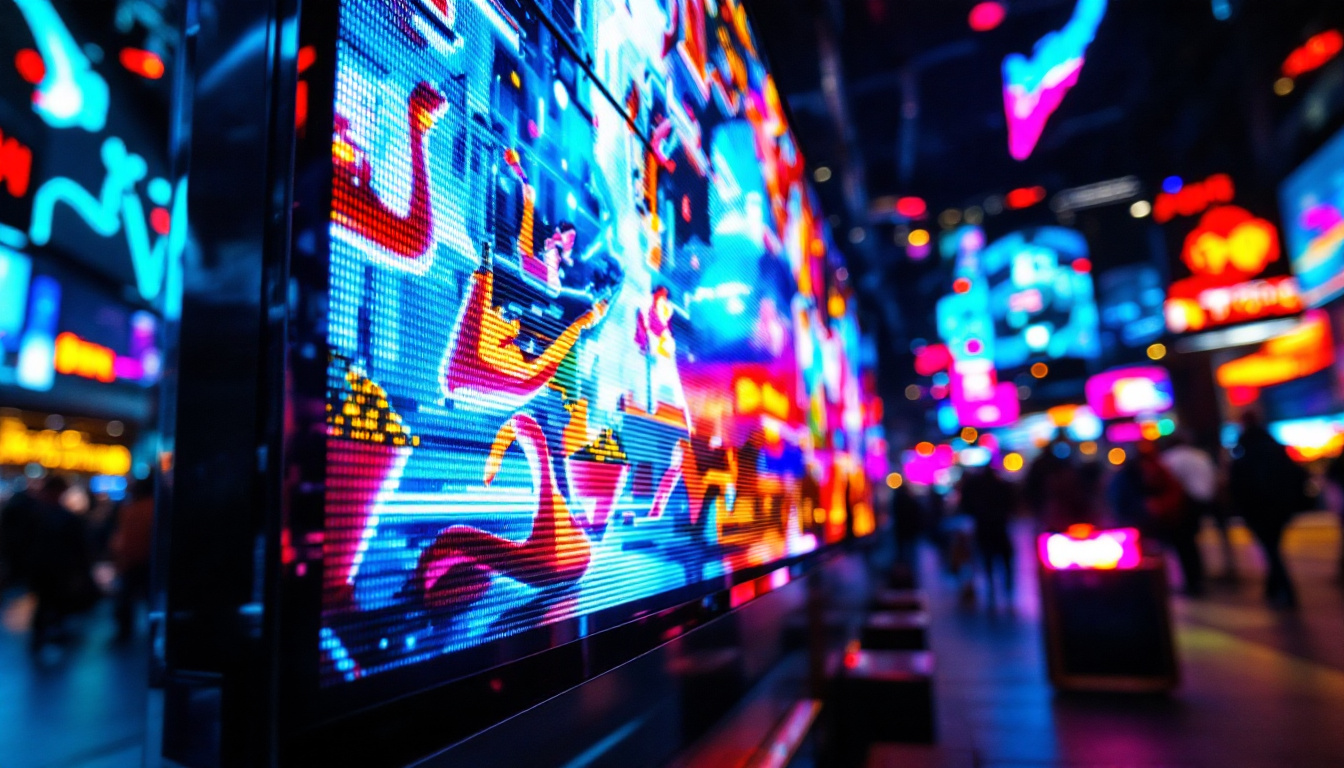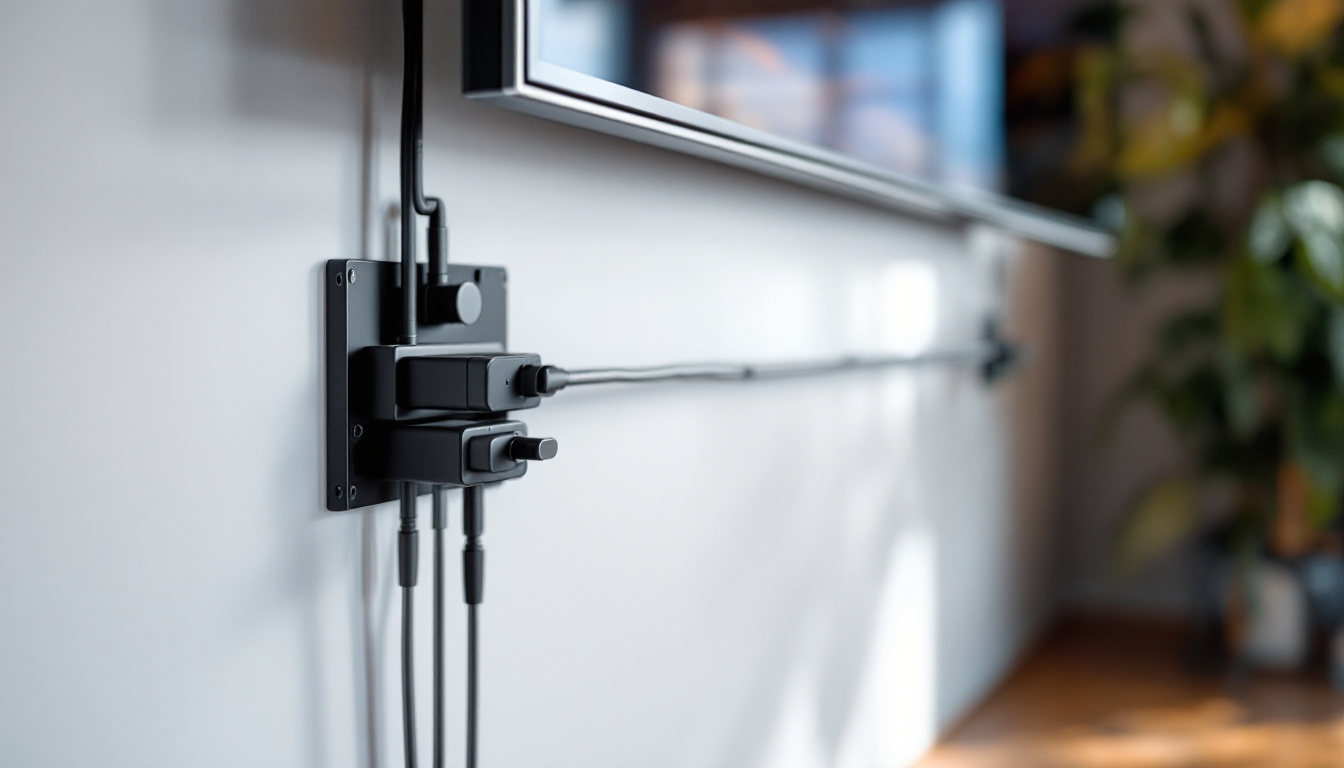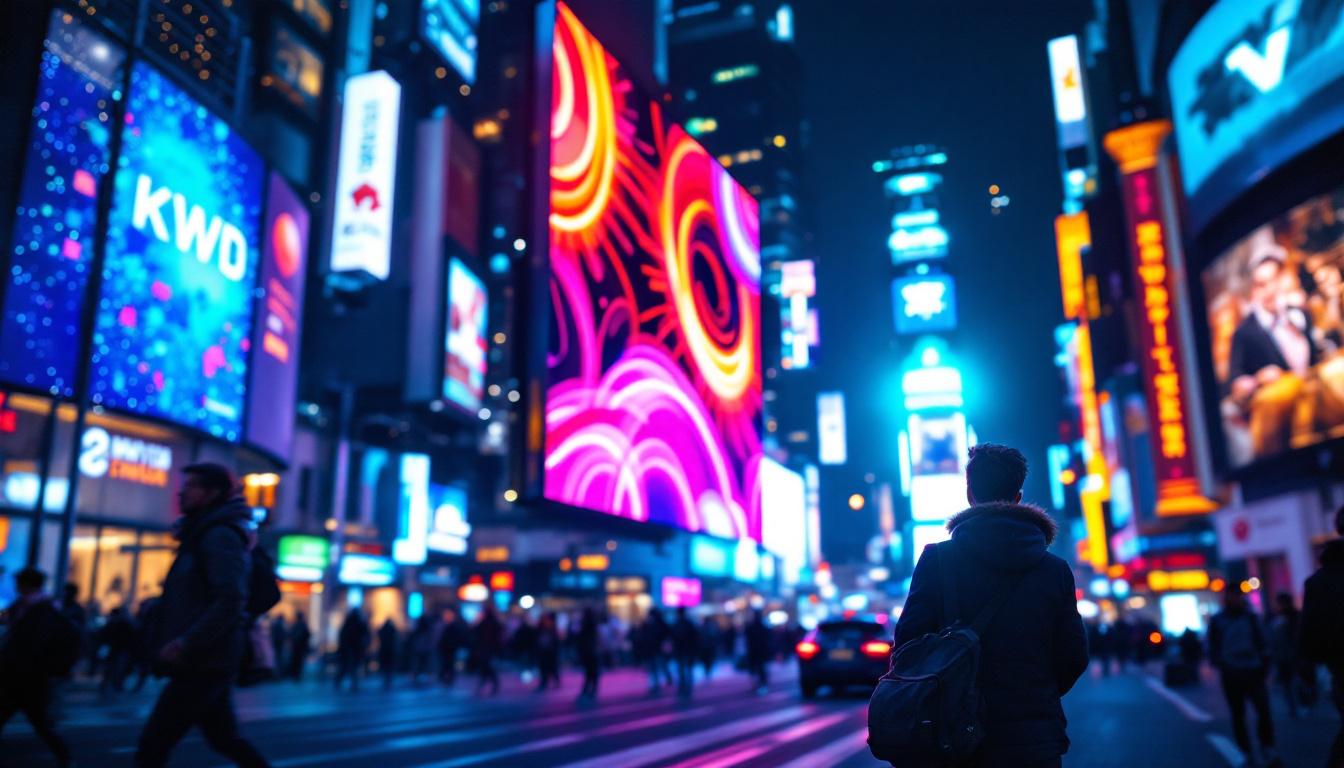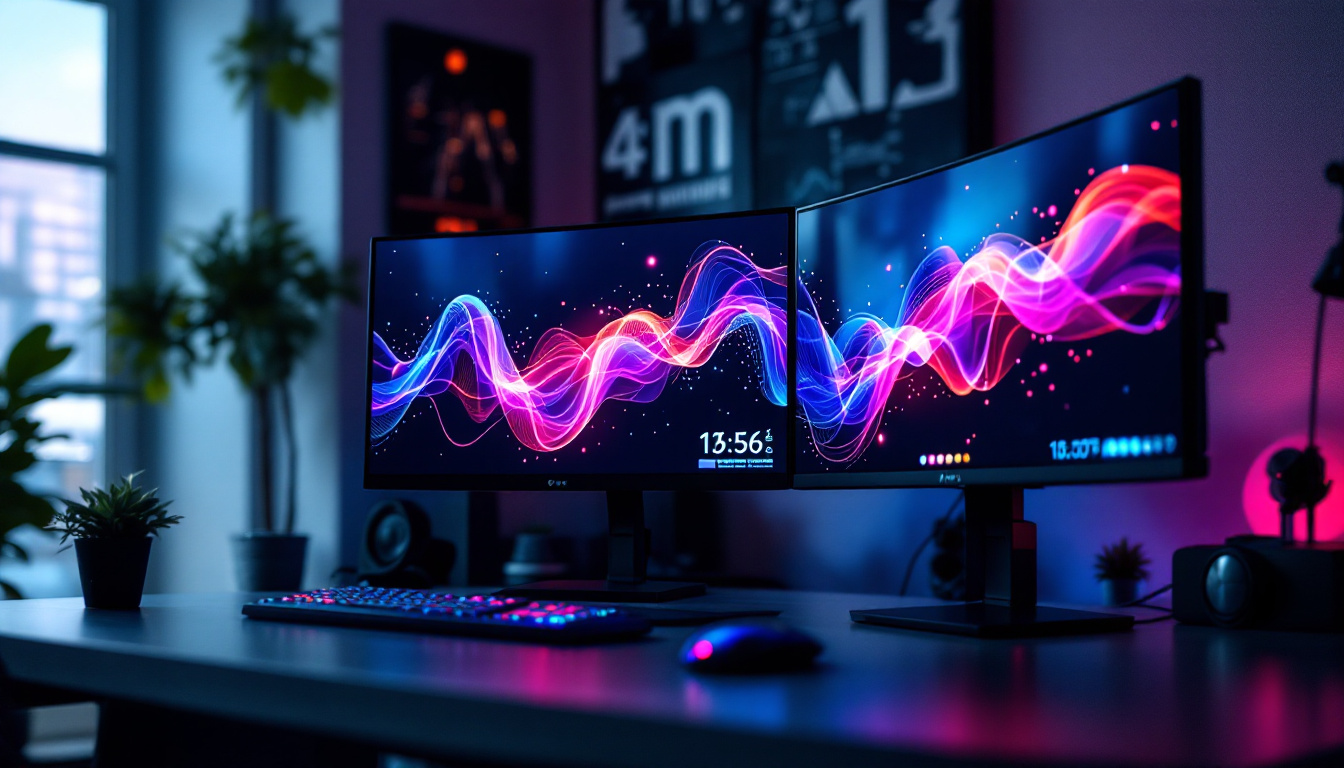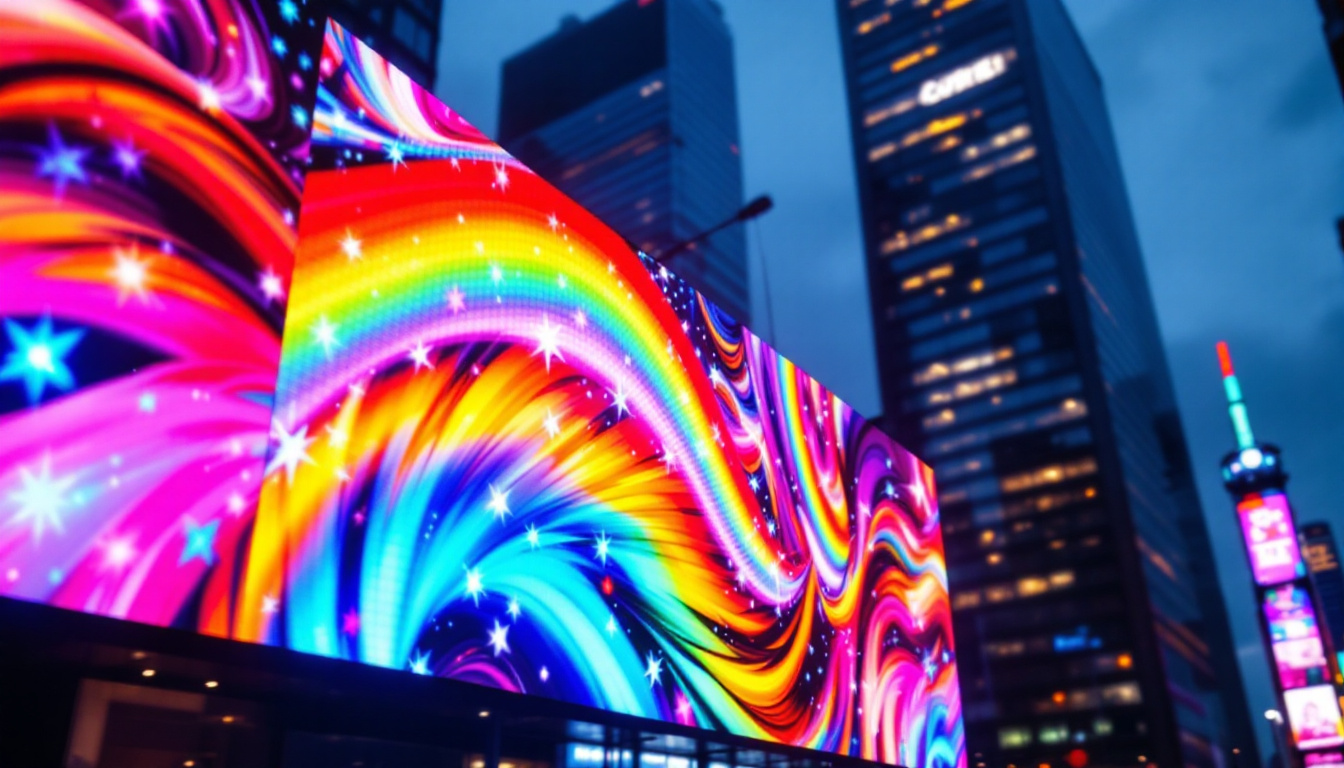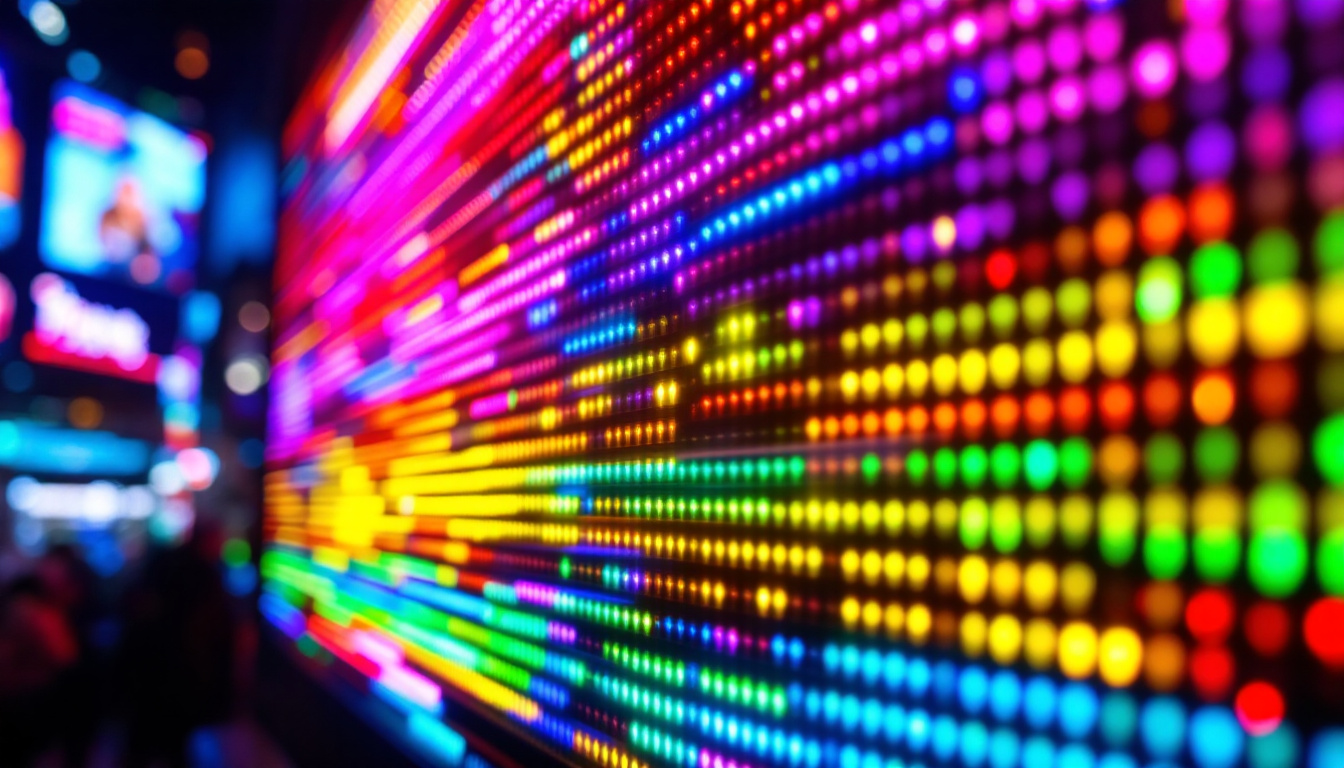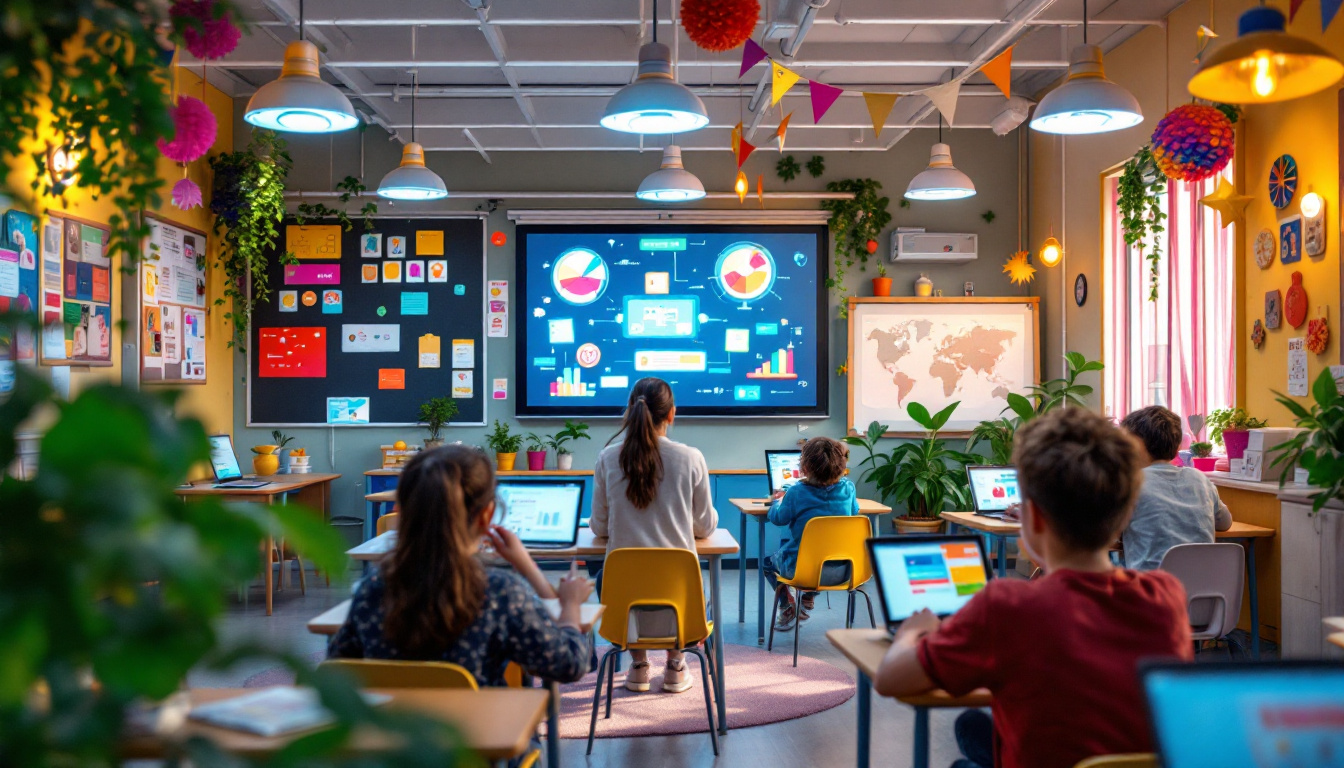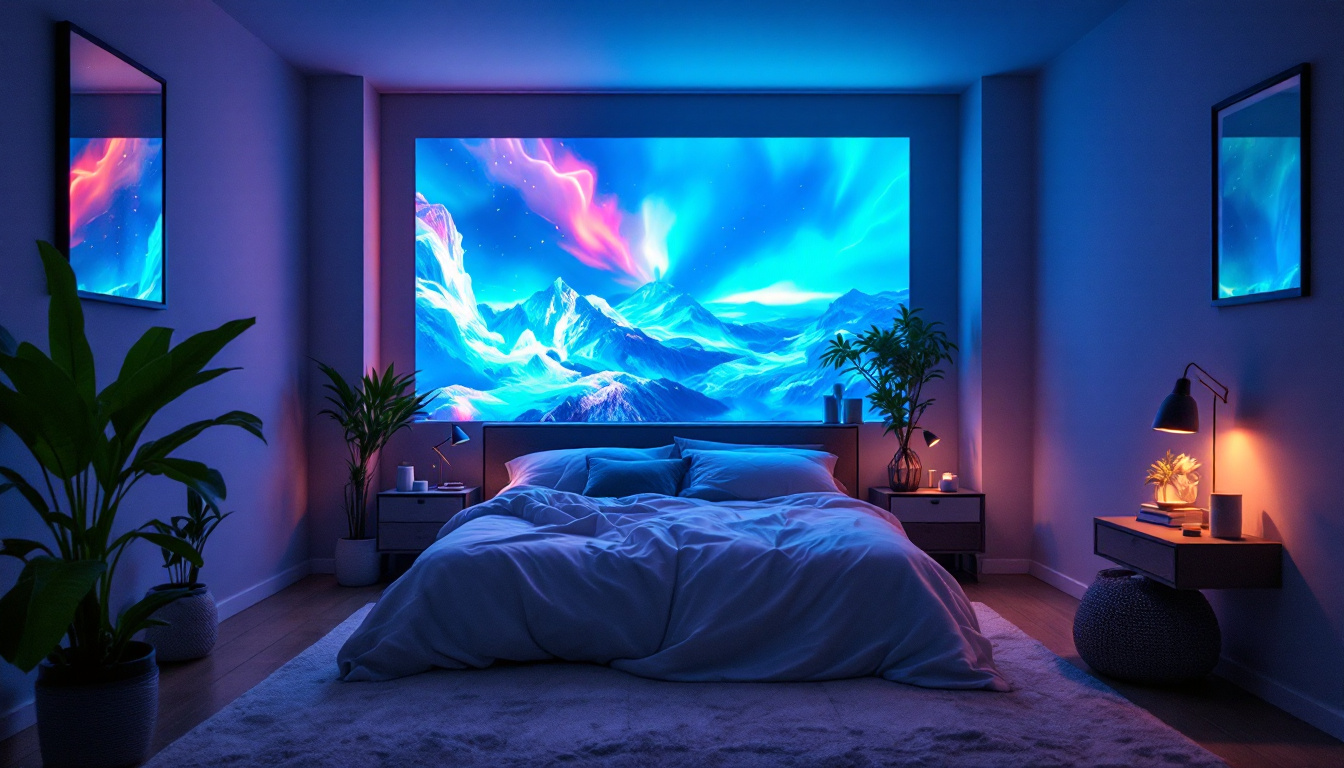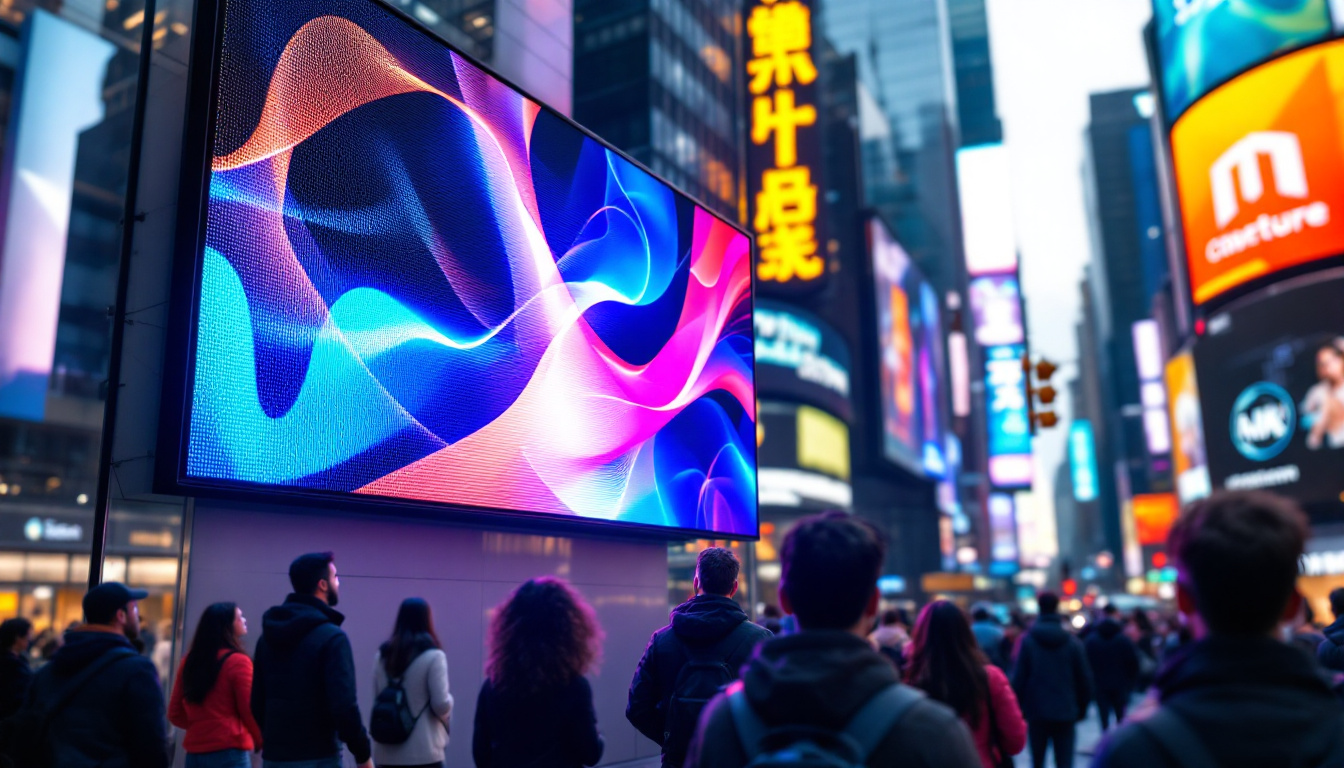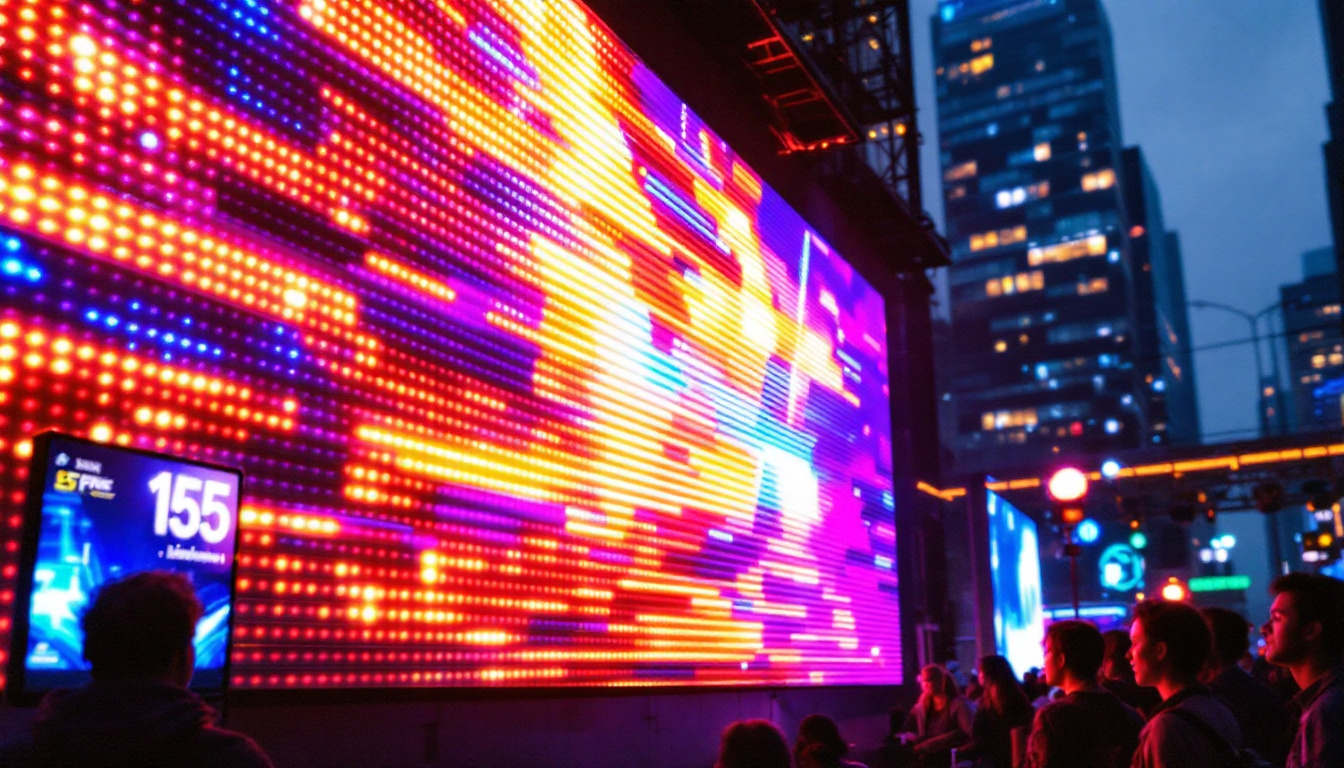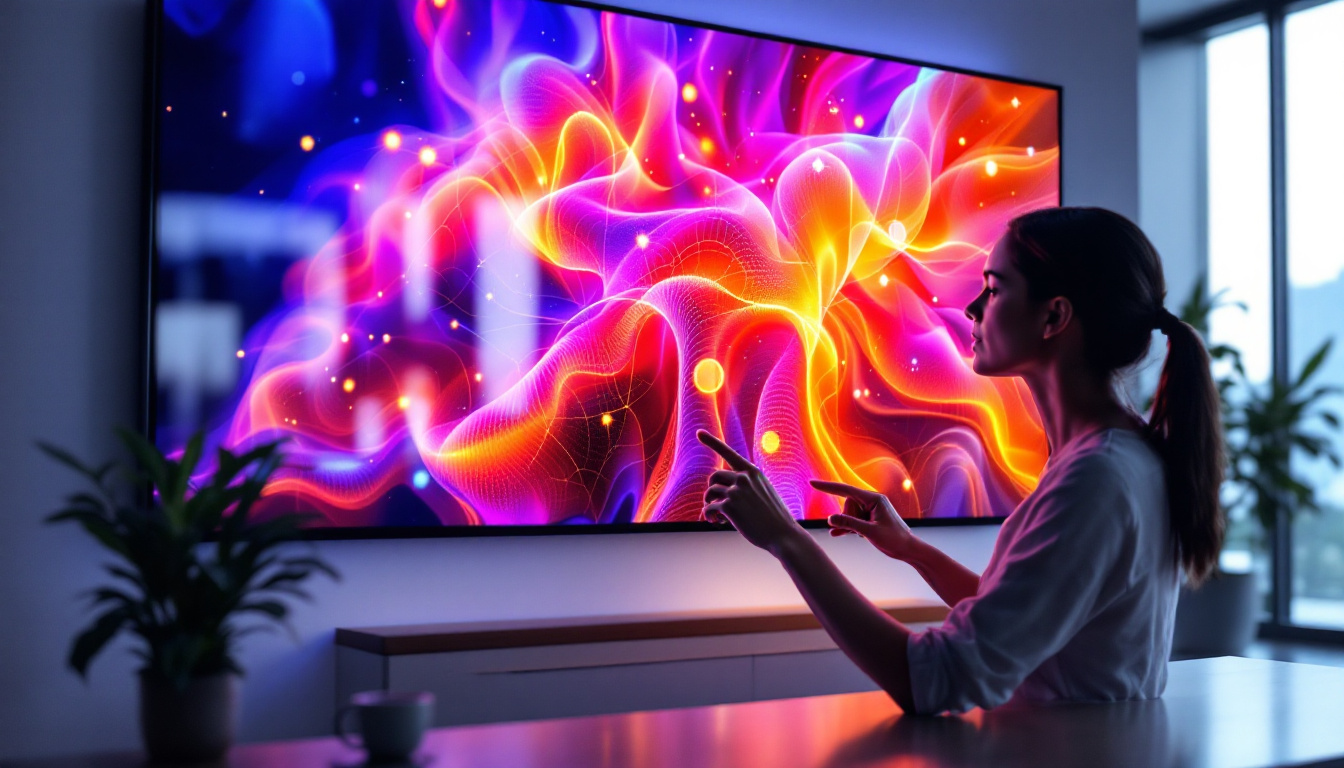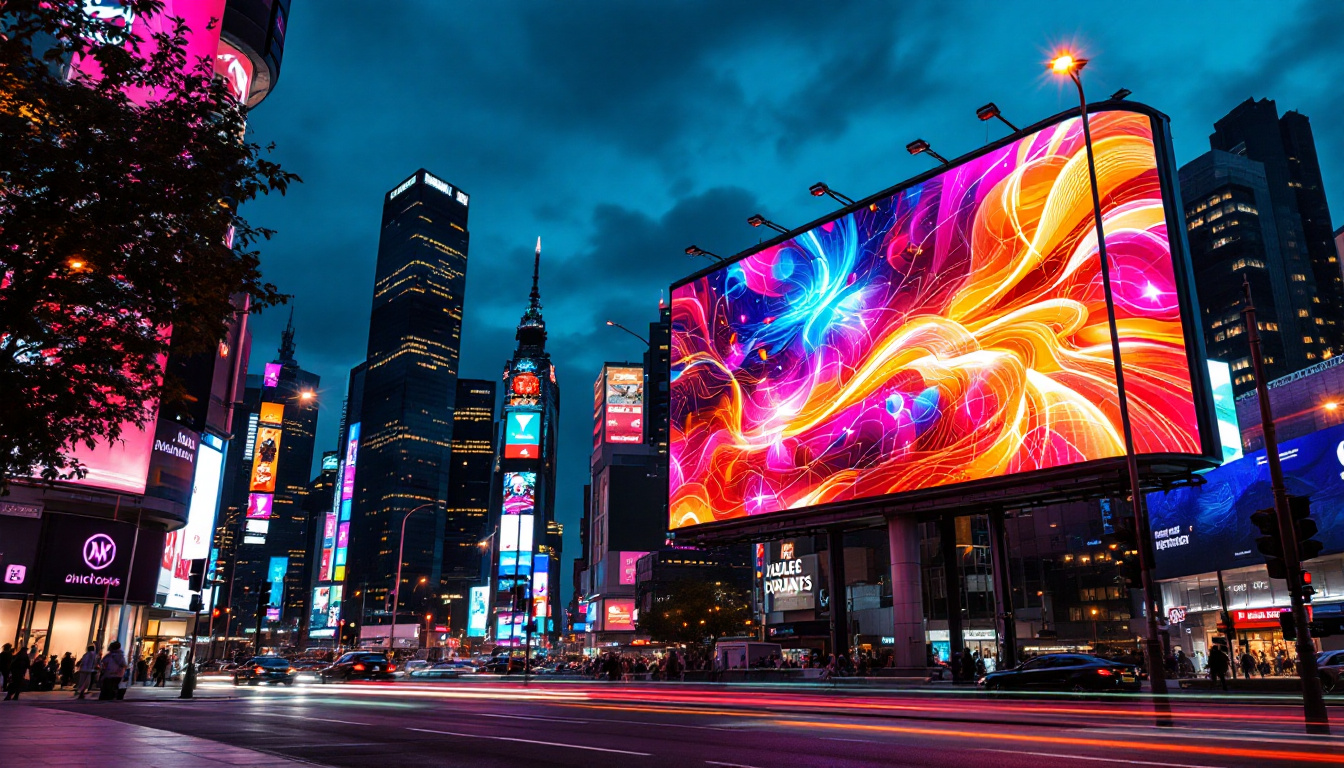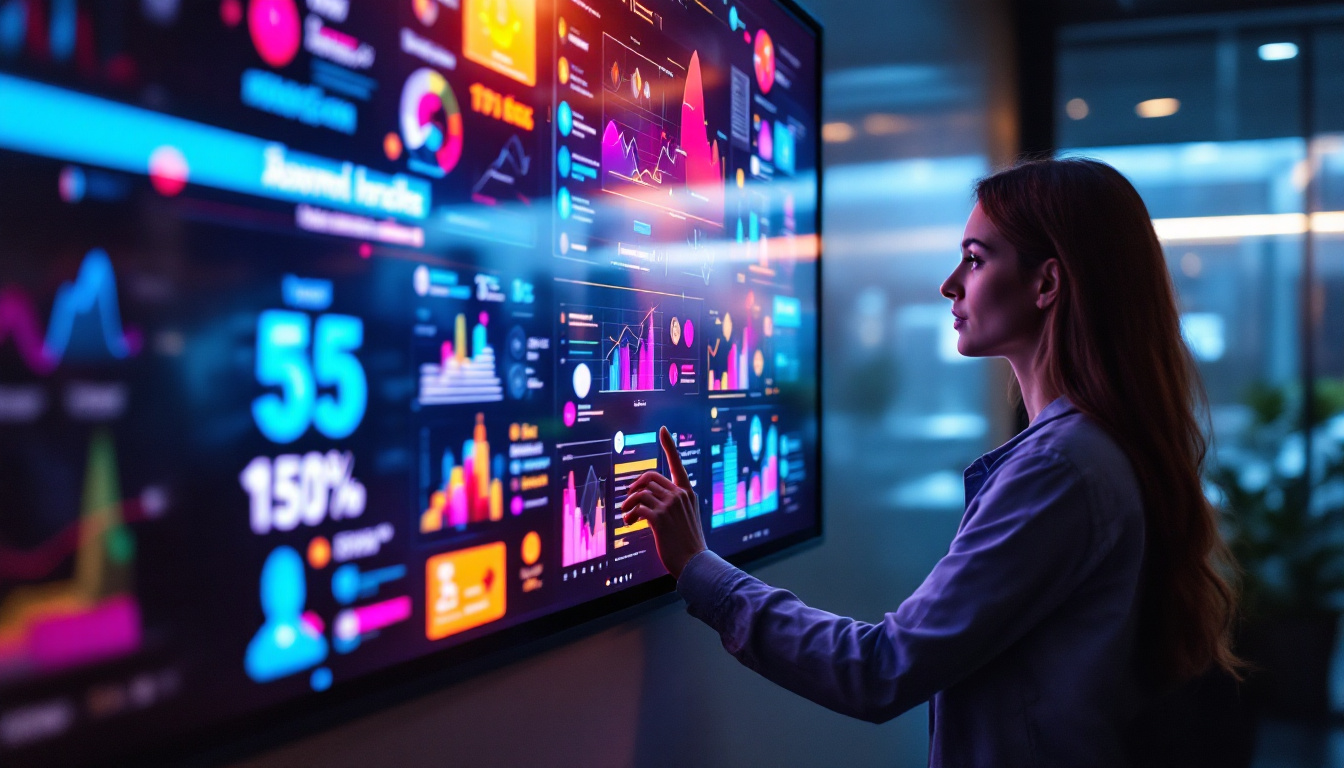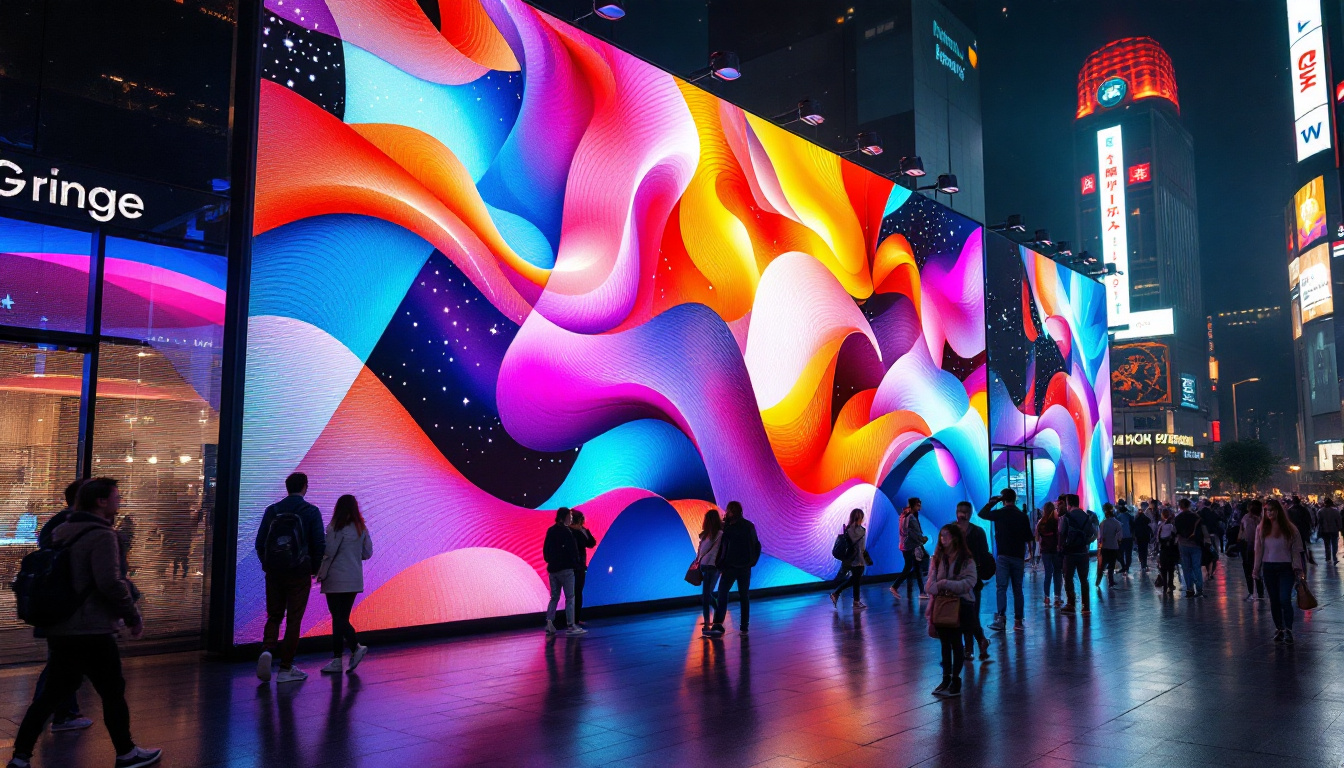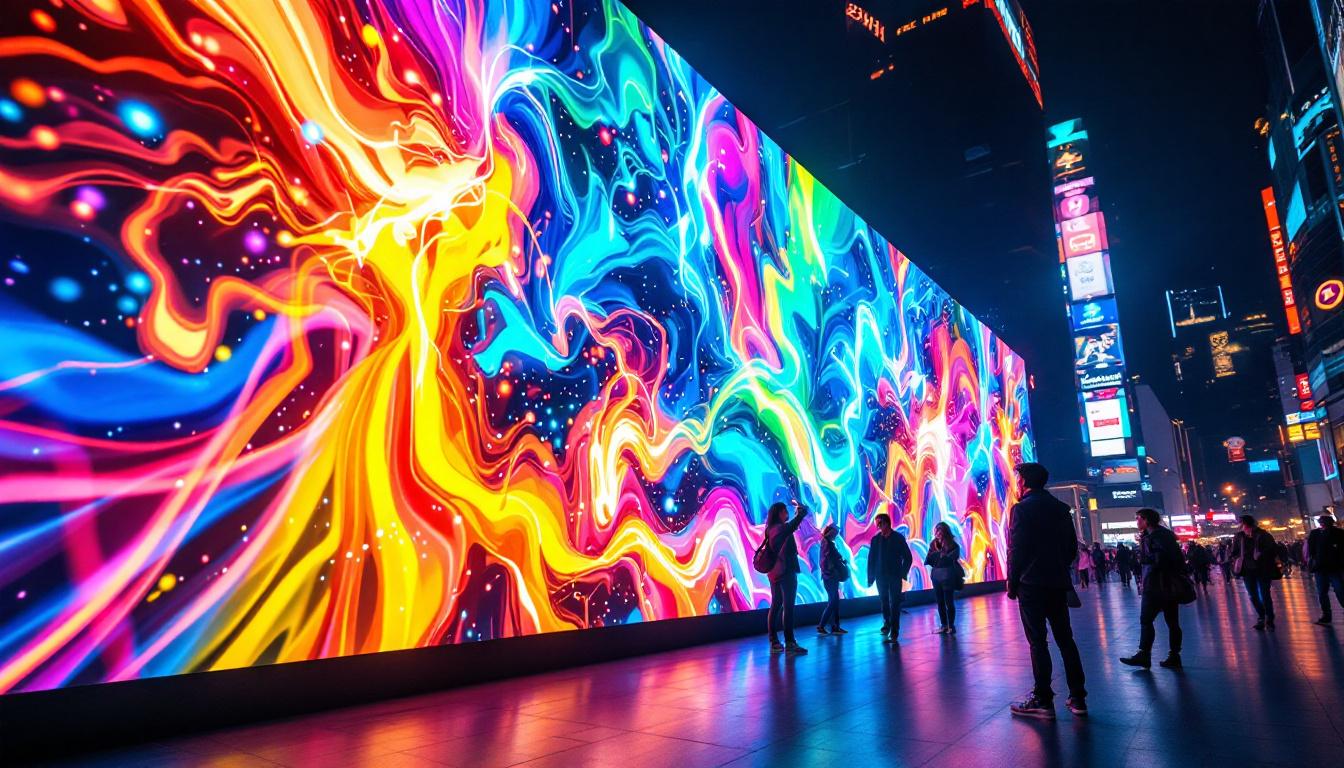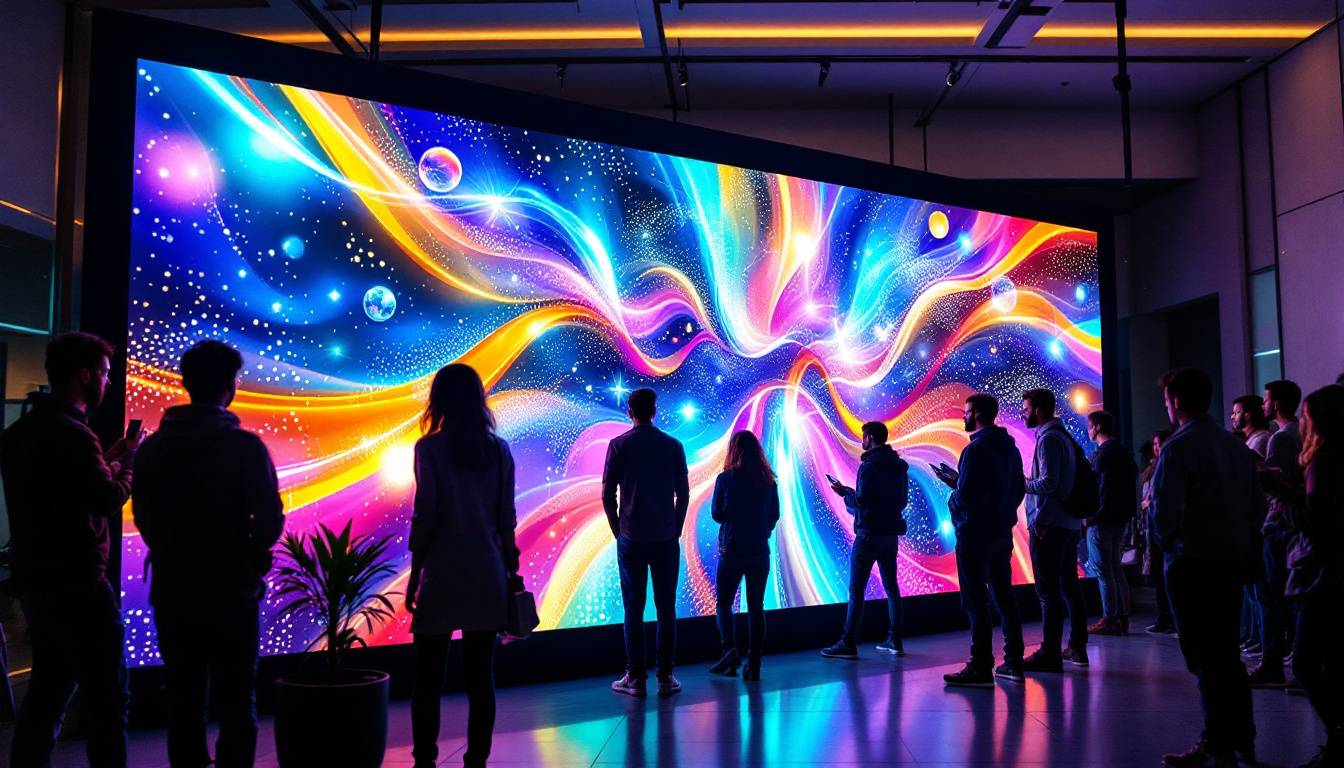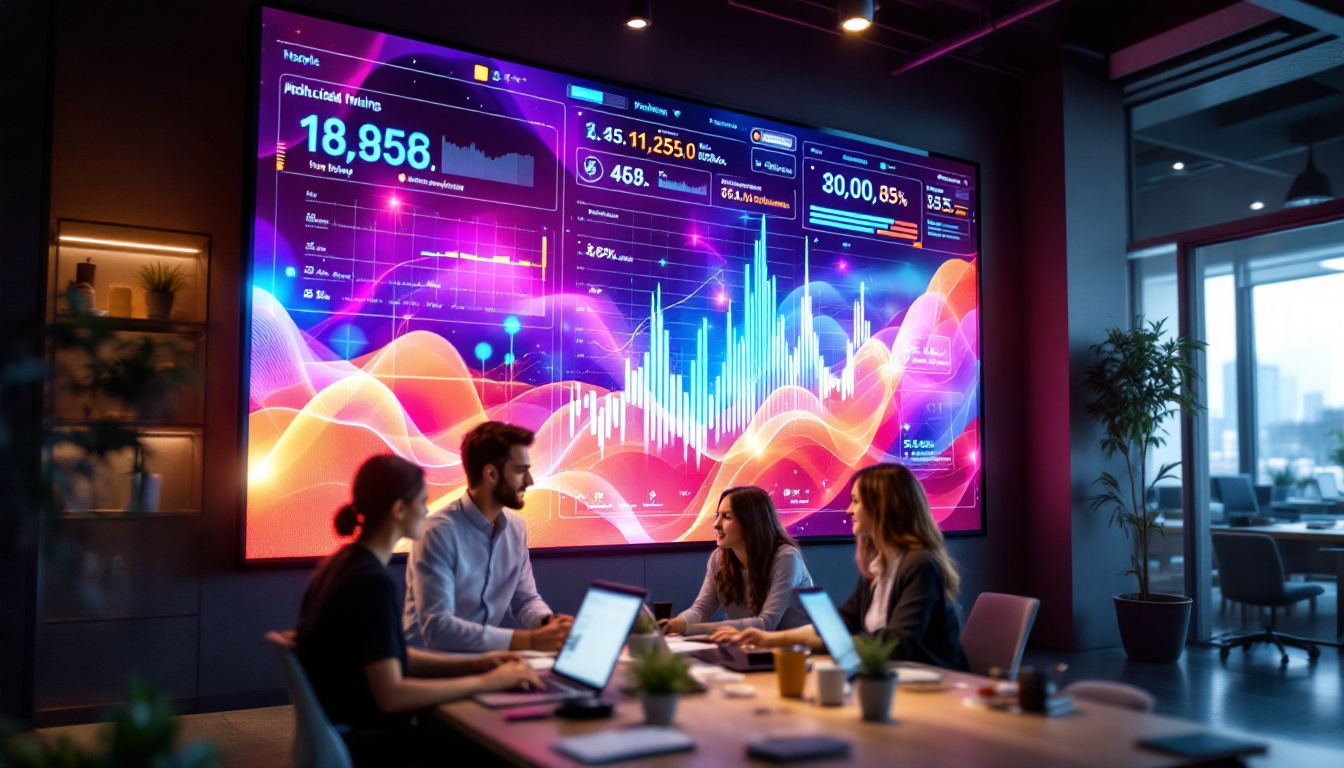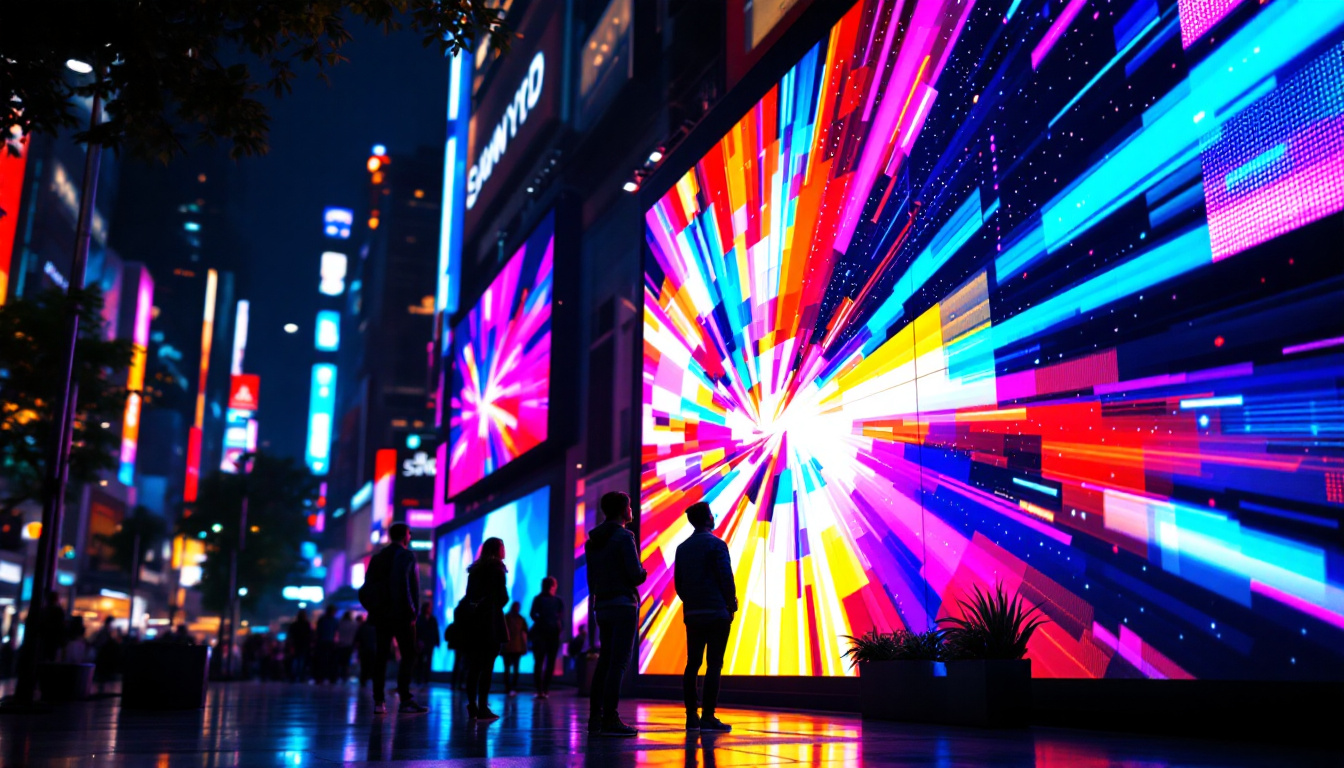In the realm of broadcasting and live event production, a well-designed video control room is essential for seamless operations. One of the key components in these spaces is the LED display, which serves as a central hub for monitoring and controlling video feeds. This article delves into the intricacies of video control room furniture, focusing on the role of LED displays, their benefits, and how they can be optimized for various environments.
The Importance of a Video Control Room
A video control room acts as the nerve center for any production, whether it be a live sports event, a television broadcast, or a corporate presentation. This controlled environment allows technicians and operators to manage multiple video sources, ensuring that the final output meets professional standards.
Functionality and Workflow
In a typical video control room, operators are tasked with monitoring live feeds, switching between cameras, and adjusting audio levels. The layout and furniture play a crucial role in facilitating these tasks. ergonomically designed workstations equipped with LED displays provide operators with the necessary tools to perform their duties efficiently.
Moreover, the arrangement of equipment must promote a smooth workflow. Operators should be able to access all controls and monitors without unnecessary movement or distraction. This is where the design of the furniture becomes integral, as it can significantly impact productivity and focus. The inclusion of soundproofing materials can also enhance concentration, allowing operators to hear critical audio cues without interference from external noise, which is especially vital during high-stakes live events.
Design Considerations
When designing a video control room, several factors must be taken into account. The size of the room, the number of operators, and the type of production all influence the layout and furniture choices. For instance, a larger room may accommodate multiple workstations, each equipped with its own LED display, while a smaller space may necessitate a more compact design.
Additionally, the furniture must be adaptable. As technology evolves, so too do the requirements of a control room. Modular furniture systems allow for flexibility, enabling operators to reconfigure their workspace as needed. This adaptability is crucial, particularly in environments where new technologies are frequently integrated, such as virtual reality or augmented reality setups. Furthermore, incorporating advanced cable management solutions can help maintain a clean and organized workspace, reducing the risk of accidents and ensuring that operators can focus on their tasks without the distraction of tangled wires.
Lighting is another essential consideration in the design of a video control room. Proper lighting not only enhances visibility but also helps to reduce eye strain during long hours of operation. Adjustable LED lighting systems can provide the right amount of illumination for different tasks, while also allowing operators to create a comfortable working environment. In addition, the use of color-coded lighting can help operators quickly identify the status of various feeds and equipment, streamlining the decision-making process during live broadcasts.
Understanding LED Displays
LED displays have revolutionized the way video content is monitored and controlled. They offer several advantages over traditional display technologies, making them a preferred choice in video control rooms.
Benefits of LED Technology
One of the primary benefits of LED displays is their superior brightness and contrast. This ensures that operators can clearly see video feeds, even in brightly lit environments. The high resolution of LED screens also allows for detailed monitoring, which is critical during live broadcasts.
Furthermore, LED displays are energy-efficient and have a longer lifespan compared to other display technologies. This not only reduces operational costs but also minimizes the need for frequent replacements, making them a cost-effective solution for control rooms. Additionally, many LED displays come equipped with advanced features such as dynamic range adjustment and color calibration, which enhance the viewing experience even further. This adaptability is crucial in fast-paced environments where quick decision-making is essential.
Types of LED Displays
There are various types of LED displays available, each suited for different applications within a video control room. Some of the most common types include:
- Direct View LED: These displays consist of individual LED modules that can be assembled into larger screens. They are ideal for large control rooms where a seamless display is required.
- LED Video Walls: Composed of multiple smaller screens, video walls can create a large, immersive viewing experience. They are often used in larger studios or control rooms to provide operators with a comprehensive view of multiple feeds.
- Portable LED Displays: For mobile productions, portable LED displays can be easily set up and taken down. These are particularly useful for events that require flexibility in location.
In addition to these types, there are also specialized LED displays designed for specific environments, such as outdoor LED screens that are weather-resistant and can withstand harsh conditions. These displays are often used for public announcements or live event broadcasting, where visibility from a distance is paramount. Moreover, advancements in technology have led to the development of transparent LED displays, which can be integrated into architectural designs, allowing for innovative advertising solutions without obstructing views.
As the demand for high-quality visual content continues to grow, the versatility of LED displays makes them an indispensable tool in various industries, from broadcasting to security monitoring. Their ability to deliver vibrant colors and sharp images ensures that operators can maintain situational awareness, making LED technology a critical component in modern video control rooms.
Optimizing LED Displays in Control Rooms
To maximize the effectiveness of LED displays in a video control room, several optimization strategies can be employed. These strategies focus on placement, calibration, and integration with other technologies.
Strategic Placement
The placement of LED displays is crucial for ensuring that operators can view all necessary feeds without straining their necks or eyes. Displays should be positioned at eye level and angled appropriately to minimize glare and reflections. This is especially important in environments with multiple light sources.
Additionally, the distance between the operator and the display should be considered. The ideal distance will depend on the size and resolution of the display, as well as the specific tasks being performed. Operators should be able to view the screen comfortably without needing to lean forward or squint.
Calibration and Maintenance
Regular calibration of LED displays is essential to ensure accurate color representation and brightness levels. This is particularly important in a control room setting, where precise color matching can impact the quality of the final output. Investing in professional calibration services can help maintain optimal performance over time.
Moreover, routine maintenance checks should be conducted to identify any potential issues before they escalate. This includes cleaning the displays and checking for any dead pixels or other technical problems that could disrupt operations.
Integrating LED Displays with Control Room Technology
In a modern video control room, LED displays should not operate in isolation. They must be integrated with other technologies to create a cohesive workflow. This integration enhances the overall functionality of the control room and allows for a more streamlined operation.
Video Switching and Routing Systems
Video switching and routing systems play a vital role in managing multiple video feeds. When integrated with LED displays, these systems allow operators to easily switch between sources and monitor various inputs in real-time. This capability is essential for live productions, where timing and precision are critical.
Advanced systems also offer features such as picture-in-picture and multi-view capabilities, enabling operators to monitor several feeds simultaneously. This reduces the need for multiple displays and helps maintain a clean and organized workspace.
Collaboration Tools
In many video control rooms, collaboration is key. Integrating LED displays with communication tools such as intercoms and video conferencing systems can enhance teamwork and coordination among operators. This is particularly important during live events, where quick decision-making is essential.
By allowing operators to share information and feedback in real-time, these tools can significantly improve the efficiency of the control room. This integration fosters a collaborative environment, ensuring that everyone is on the same page and can respond swiftly to any challenges that arise.
Future Trends in Video Control Room Design
The landscape of video production is constantly evolving, and with it, the design of video control rooms is also changing. Emerging technologies and trends are shaping the future of these spaces, particularly in relation to LED displays.
Virtual and Augmented Reality
As virtual and augmented reality technologies become more prevalent, they are beginning to influence the design of video control rooms. LED displays can be used to create immersive environments that enhance the production experience. This can be particularly beneficial for training purposes, allowing operators to practice their skills in a simulated setting.
Additionally, these technologies can be integrated into live broadcasts, providing viewers with an enhanced experience. As the demand for innovative content grows, control rooms will need to adapt to accommodate these new formats.
AI and Automation
Artificial intelligence and automation are also set to play a significant role in the future of video control rooms. AI can assist operators by automating routine tasks, such as switching between feeds or adjusting audio levels based on real-time analysis. This allows operators to focus on more critical aspects of the production, ultimately improving efficiency.
Furthermore, automated systems can enhance the reliability of broadcasts by minimizing human error. As these technologies continue to develop, they will undoubtedly shape the future of video control room design and functionality.
Conclusion
In conclusion, the design and functionality of video control room furniture, particularly LED displays, are crucial for successful video production. By understanding the importance of these elements, operators can create an efficient and effective workspace that meets the demands of modern broadcasting.
As technology continues to evolve, staying informed about the latest trends and innovations will be essential for maintaining a competitive edge in the industry. By investing in high-quality LED displays and optimizing their use within the control room, organizations can ensure that they are well-equipped to deliver outstanding content for their audiences.
Ultimately, the combination of thoughtful design, advanced technology, and effective integration will pave the way for the future of video control rooms, enhancing the overall production experience for both operators and viewers alike.
Explore Cutting-Edge LED Display Solutions with LumenMatrix
Ready to elevate your video control room with the latest in LED display technology? LumenMatrix is at the forefront of creating immersive visual experiences that captivate and engage. From dynamic Indoor and Outdoor LED Wall Displays to innovative solutions like Vehicle LED Displays and LED Transparent Displays, our range is designed to meet the diverse needs of modern broadcasting. Discover how our LED Sports Displays, Floor LED Displays, and Custom LED solutions can transform your production environment. Take the first step towards revolutionizing your video control room by checking out LumenMatrix LED Display Solutions today.

